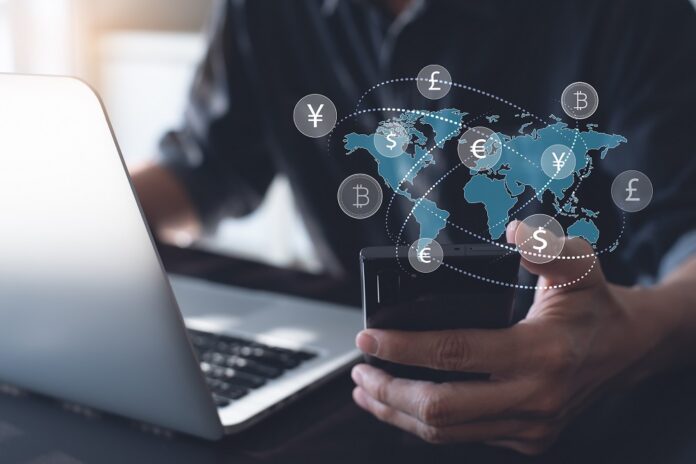Digital payments continue to see increased adoption throughout the Philippines as the country continues to grapple with the COVID-19 pandemic.
Recently, Bangko Sentral ng Pilipinas (BSP) Governor Benjamin Diokno reported in a press conference that the National Retail Payment System surpassed its target of raising the percentage of digital payments by 2020 to 20.1 percent compared to 14.1 percent in 2019.
The BSP also reported earlier this year that digital payments in the country have spiked by 5,000 percent over the course of the pandemic alone.
In support of digital payment adoption in the Philippines, the BSP developed its Digital Payments Transformation Roadmap, which aims to make half of all financial transactions digital by 2023.
One of the BSP’s initiatives within the roadmap is to bolster “interconnectivity, interoperability, and financial integration” between domestic and cross-border digital payments. An industry that’s been available and utilized well before the pandemic, this shift in focus will continue to make quick, reliable access to funds from around the world easier for Filipinos.
Growth in digital overseas remittances
The COVID-19 pandemic caused widespread disruption to the lives of Filipinos not only here but those living overseas as well. As people try to limit their movement over concerns of safety, more individuals realize the convenience and reliability of digital remittance and payment platforms.
WorldRemit’s country director for the Philippines, Earl Melivo, believes the upward trend of digital adoption will be sustained in both domestic and cross-border transactions.
Melivo said: “Remittances are an important component of the Philippine economy. It has quickly become a digital affair for many [and a still increasing number of] overseas Filipinos sending money back home – both for those seeking a faster solution to getting money to loved ones and as a first-time user forced to make the shift because of COVID-19, who have since realized the value of making transactions digitally. Sending money online simply saves them time, giving them more control and transparency over the transaction, and making each transaction much more convenient for both the sender and the receiver. As more and more Filipinos adapt to the use of mobile wallets, the drive of local banks to a higher depositor base, and the granting of multiple digital banking licenses in the Philippines, we’re already seeing increased and sustained volumes towards these channels compared to the usual cash payouts”.
The 2020 McKinsey Global Payments Report noted that cross-border payments, or financial transactions between people or businesses from different countries, accounted for USD2-trillion in payments revenue in 2019 alone.
While the value of cross-border cash flows was affected adversely by the pandemic, digital adoption for remittances continued to grow according to WorldRemit.
“We are seeing a higher adoption of digital remittance services both by senders and their recipients all over the world, including in the Philippines. Recipients are continuing their shift towards digital receiving methods, particularly, remittances towards bank accounts and mobile wallet services,” commented Melivo.
Benefits of digital payments
With the continued globalization of the economy and the rise of e-commerce, cross-border digital payments are becoming even more relevant to everyday consumers.
Providers such as WorldRemit allow anyone to send money quickly and securely overseas from their devices without having to line up at a physical remittance center, and 95 percent of recipients often receive the full amount in a matter of minutes.
“WorldRemit offers reliability and accessibility to senders and receivers in more than 130 countries at competitive exchange rates. Our customers can also be sure that their money and personal information remains secure with our strict verification processes and digital security protocols,” said Melivo.
